The Differences in Metal Types for Engagement Rings
February 14th, 2018 / Andria Rivers
When choosing an engagement ring or wedding band, it’s easy to imagine the shape of the stone and the design details. Don’t forget to consider the metal type for the setting and band! From the look to the durability—and even allergies!—it’s important to know all of your options to make the right choice for your lifestyle.
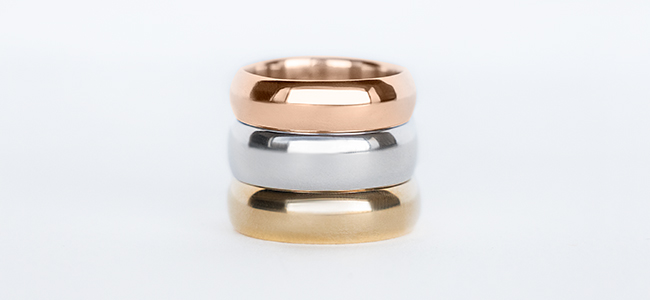
GOLD: WHITE, YELLOW & ROSE
Pure gold is 24 karats, but it is far too soft to be used in jewelry, so other metals are mixed in for strength and durability—most commonly copper, nickel and silver.
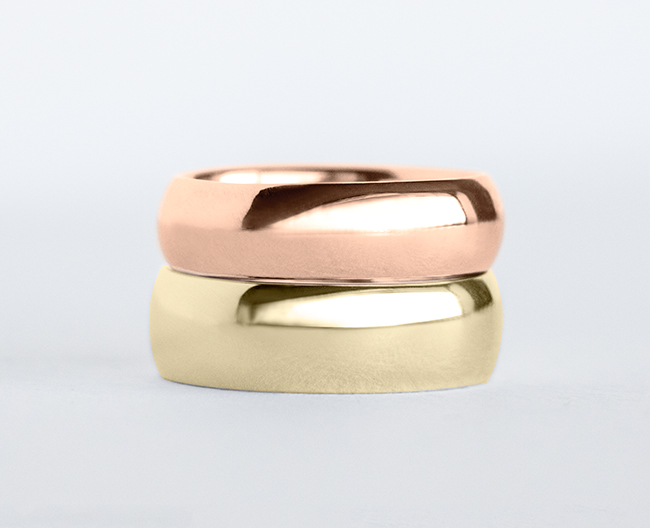
LEFT OVER FOR YOUR LIFE AS NEWLYWEDS: About $5,000
The most common type of metal for an engagement ring is 14k gold. It is made of 14 parts gold and 10 parts other. When you think of a yellow gold ring, you’re probably imagining 14k yellow gold. Rose gold is created by adding more copper to the mix—with 14k rose gold, more copper means a pinker hue. No matter the color, 14k gold is durable and beautiful, making it ideal for crafting gold engagement rings.
Like its name suggests, 18k gold is made with 18 parts gold and 6 parts other metal. Because of the higher concentration of yellow gold in the mixture, 18k yellow gold will be brighter yellow, while 18k rose gold will be slightly less rosy.Rose gold engagement rings are a beautiful option that has been growing in popularity in recent years. Since white gold is dipped in rhodium, there is very little visual difference between 14k and 18k white gold. White gold engagement rings are a great choice for those who prefer a timeless, classic look. It’s important to know that 18k gold is quite soft, so it can become scratched, dented or bent much more easily than 14k gold; it is still a good choice for an engagement ring, as long as you take proper care and treat it gently.

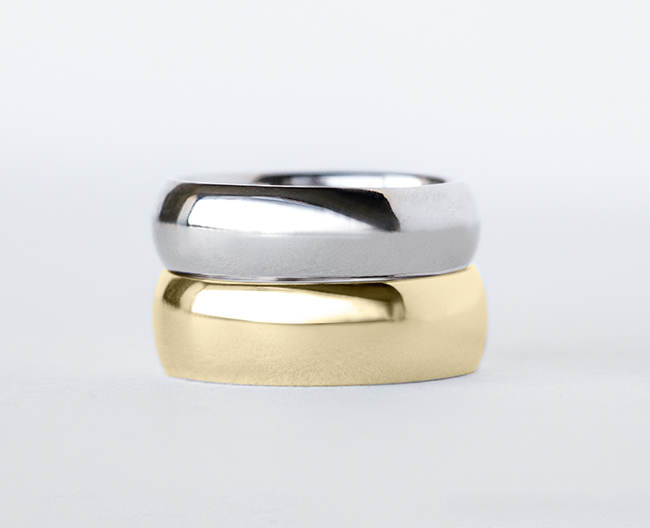
The last choice for a gold engagement ring is 10k gold, which is typically available in yellow or white. This is created using 10 parts gold and 14 parts of other metals. It is quite hard, but more brittle, so it would be more likely to break rather than bend under extreme force. Because it contains a lower gold content, this is a good value choice, however it is not nearly as popular as 14k gold. The higher presence of other metals also changes the look of the gold slightly, so 10k yellow gold will be slightly paler as the higher concentration of other metals dilutes the color. White gold will look much the same as 14k and 18k, because it is dipped in rhodium to give it the distinct silvery finish.
PLATINUM & PALLADIUM
Platinum is a very popular choice for engagement rings and wedding bands. It is very heavy and strong, but it is quite easy to scratch. This metal type has a natural silvery finish that dulls to a patina over time; many people love how this looks, but some prefer to polish their rings back to the original bright finish. The benefit of platinum is that it is hypoallergenic, making it a great choice for those who are allergic to nickel or other metals that are used to strengthen gold.
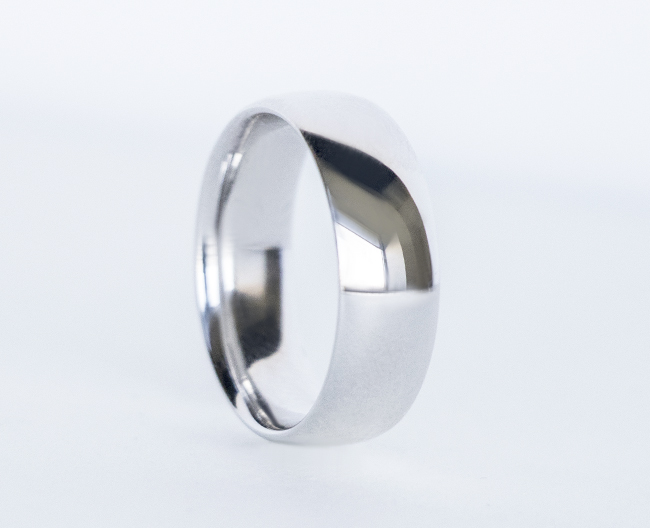
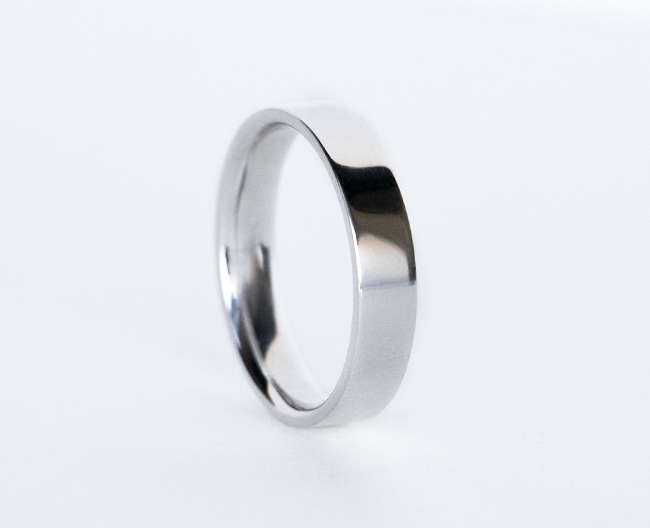
Palladium is naturally very bright and silvery. It is quite strong and durable yet lightweight. Like Platinum, it is hypoallergenic, making it a good choice for people who have a metal allergy. It is important to note that this metal can be tricky for jewelers to work with, not all engagement rings are suitable to be made with Palladium; it is typically used in simpler designs.

